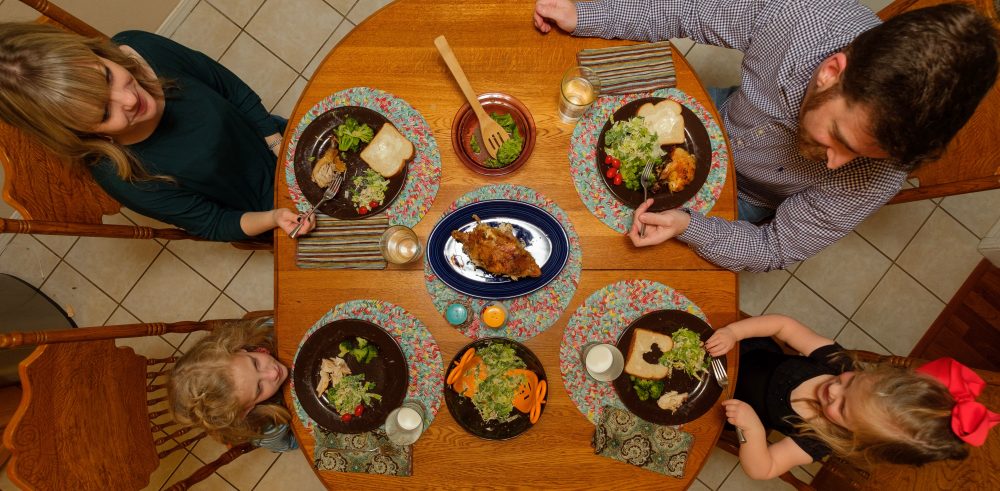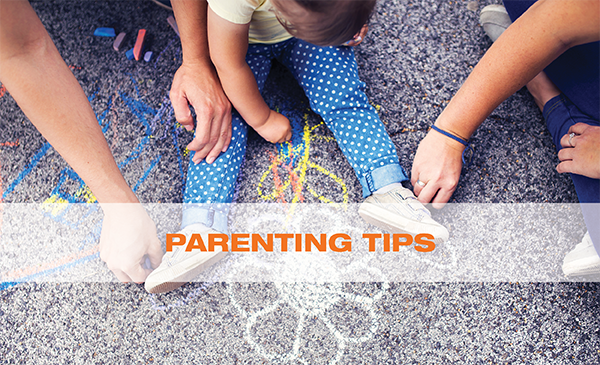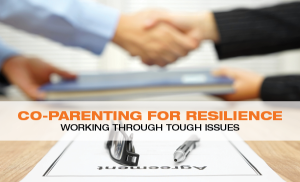
This time of year can be tough.
Transitioning out of summer routines and into the more structured routines of school can be a stressful time for parents and children. This transition becomes even more complicated for co-parents as they work to coordinate their schedules so that both might be involved in their child’s life. This transition also increases the need for communication between co-parents as they coordinate school costs, school pictures, parent-teacher conferences, school events, homework tasks and more. The increased need for communication also can increase the opportunity for miscommunication and conflict between co-parents.
1. Consider a written contract to clarify expectations.
It is important to have clear and understood expectations between co-parents before or as soon as possible after the children return to school. An agreed upon written contract between co-parents can be an effective way to clarify expectations. This contract can address the ways both parents have determined they can best support their child.
2. Set up situations so everyone wins.
It is important to remember to set up win-win situations for both parents. When both parents are included and involved, the child wins too! The following are some areas you may want to plan for to set up win-win situations for you and your child:
- Determine how school expenses will be split among parents.
- Determine who will pick up and take your child(ren) to school.
- Determine the arrangements when school is out of session for holidays, teacher work days, etc.
- Determine how parents will be notified of school events. If there is a school newsletter or email list, ensure both parents’ addresses or email addresses are included.
- Determine how homework will be addressed. If the child(ren) have mid-week visitation with the noncustodial parent, it is important both parents support schoolwork that needs to be done during the time the child is with each parent.
- Determine how you want to handle parent-teacher conferences. Both parents may attend together, or each parent easily can have an individual conference.
- Make sure both parents have an equal opportunity to order school photos, yearbooks, etc. Each parent should have access to order forms.
3. Participate in mediation if negotiation fails.
If you are finding it difficult to communicate with your co-parent about the back to school transition. Or, if you can’t seem to find win-win situations for your child, then mediation may be an option for you. Mediators are trained professionals who help two parties who disagree come to a workable agreement for both parties. To learn more about mediation programs in you area click here or visit our resource page on the Co-parenting for Resilience website.
Transitioning back into the school routine can be stressful, but you can avoid the back to school blues by setting clear expectations with your co-parent! Need more help?
Co-parenting is hard. We’re here to help! Learn more about the Co-parenting for Resilience Program, part of the Extension mission of Oklahoma State University’s College of Education & Human Sciences.



